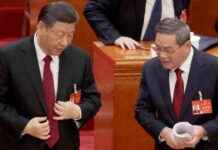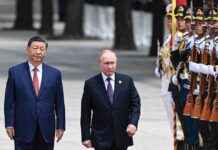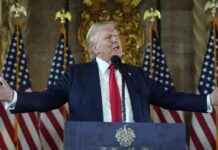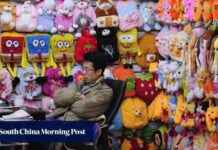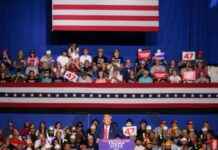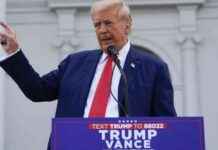China’s growth prospects face three major long-term threats – debt, decoupling, and demographic challenges. Many observers are curious about how Beijing will respond to these issues. After years of trial and adjustment, policymakers have settled on three key strategic directions.
Moderate pro-growth policies have been maintained by Chinese authorities, despite expectations of massive fiscal spending to boost growth. The central government has acted like a “tiger parent” by strictly enforcing fiscal discipline, much to the dismay of cash-strapped local governments. Housing will not be the cornerstone of China’s economic future, as Beijing shifts away from its old playbook of unleashing massive stimulus and shoring up the property market.
US President Donald Trump’s tariff policies have further reinforced China’s strategic directions. It was once a popular view that the Chinese government had acted too hastily and harshly to deflate the property market bubble. However, with the current landscape shaped by ongoing trade tensions and technology restrictions, Beijing’s approach seems more calculated and strategic.
While some economists had forecast Beijing to boost fiscal spending, Chinese authorities have defied expectations by maintaining moderate pro-growth policies. The central government’s strict enforcement of fiscal discipline has left many local governments struggling to borrow fresh funds and sell land. Housing will not be the cornerstone of China’s economic future, as policymakers aim to move away from past practices.
The impact of US President Donald Trump’s tariff policies cannot be overlooked in shaping China’s strategic directions. The once-popular belief that the Chinese government acted too hastily to deflate the property market bubble has been challenged in the face of ongoing trade tensions. Beijing’s current approach appears more measured and deliberate, reflecting a shift in response to external pressures.
In conclusion, China’s response to its growth challenges reflects a strategic shift towards more sustainable economic practices. The influence of external factors, such as US trade policies, has played a significant role in shaping Beijing’s decision-making. As China navigates through these challenges, it remains to be seen how these strategic directions will impact its long-term economic outlook.


